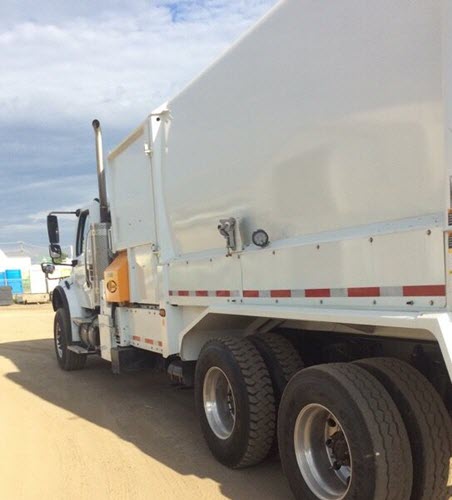From two-wheeled carts to steel tankers, garbage trucks have evolved over the years. The need to dispose of waste materials from a neighborhood and throw them in a waste disposal site is essential to maintain cleanliness. But how are these trucks made? Let’s find out.
Materials used to make the truck
Modern garbage trucks are significantly bigger than the carts used centuries ago. Most of the body part of these trucks is made of stainless steel. The sides, top, end, and body floor are also made of steel plates that are well supported with steel channels. Manufacturers use plates of different widths of steel to adjust the stress areas efficiently. The idea is to minimize the body weight of the truck so that it can carry the maximum weight of trash in it.
Apart from the body, the forks and lift arms of the truck on a front loader are made by cutting thick steel plates. Steel is the primary material used to make garbage trucks. Even the torque tubes are made using thick, seamless steel tubing units. Sometimes the head or packer blade is used to compress the garbage in the truck. These are also made by using steel plates and slides. However, the slides are made using a combination of various materials like steel, bronze shoes, and plastic.
Design of the garbage truck
Garbage trucks are available in five different varieties. They are a rear loader, front loader, roll-off and side loader. The manufacturing of these trucks involves a few essential steps:
-
- Making the body shell
All the sides, top, rear, and body floor parts are cut, curved, and bent first. Two pieces of all these parts are sent to the sub-assembly area to weld together. Once the welding is complete, the sides of the truck are positioned on the sides of the body floor. The front and rear parts are added next to make the unit look like an empty box.
-
- Installing the subassemblies
The operating parts of the truck are welded and installed in the next stage. Some of the components included in this process are packer blades, hopper cover, lift arms, front and rear torque cubes, fork assembly, and the tailgate.
-
- Finishing the body
Once the operating parts are installed, the body lights are connected using electrical wiring. The engine sits in the front panel. The entire structure is now ready, and the body and chassis properly modified. They are slowly lifted and bolted in the truck frame rails.
All the components of the truck go through a quality check before installation. The durability and strength of the truck are also checked before it is used.
Purchasing a Used Garbage Truck From Route Ready
Route Ready trucks checks for structural integrity of all used garbage trucks we sell. Contact us today to inquire about any one of our trucks ready for use.

